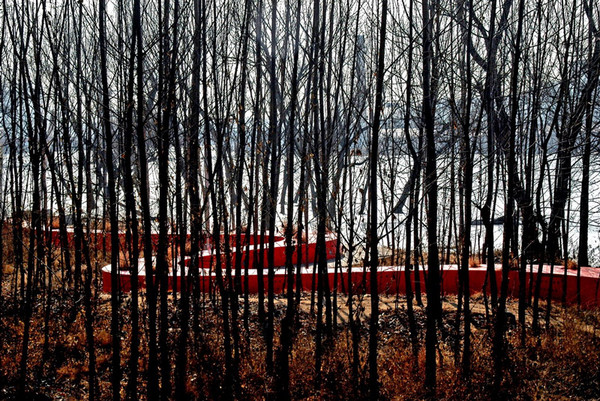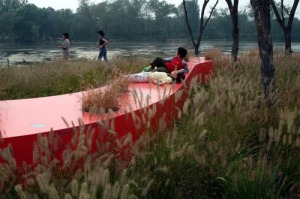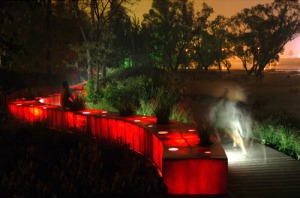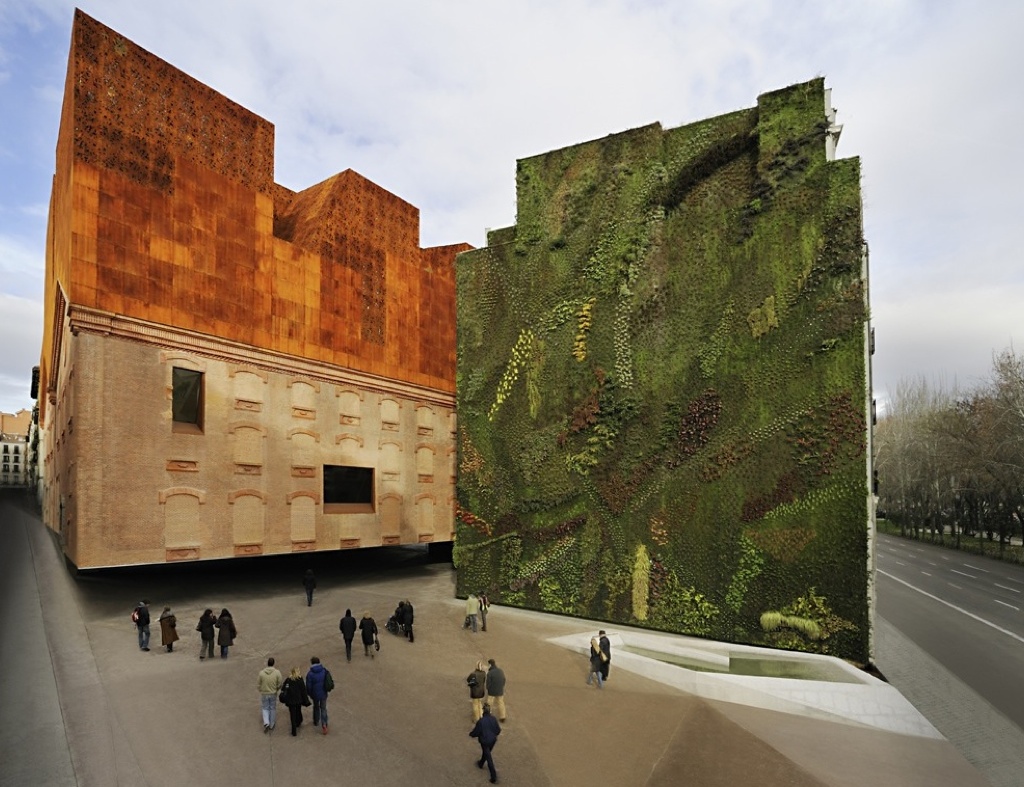The word [theory] is derived from the Greek theoria, meaning to supervise, witness and travel, and also to consider, study. ‘Travelling’ in this case indicates the way in which theory becomes method. Since the time of Descartes (1596-1650), a scientific theory has been defined as a creative, ordering hypothesis that is followed by experimental verification or falsification.
Such a model is not applicable to the arts, or to architecture or landscape architecture, which do not make it possible to test or check theories in the same way. Notions such as truth, authenticity and tenability do not apply. The content and intent of ‘theory’ differ, and overlap with such concept , visions and paradigms.
In that it can bridge, mediate or reconcile, theory can play a number of roles in landscape architecture. The bridging role is played by what are effectively ‘guidebooks’ that describe and locate sites, thereby providing the reader with a descriptive vocabulary and with criteria for appreciating the landscape. The mediating role of theory consists of actively revealing the contradictions underlying a given culture’s artistic, political and economic ideologies, thereby influencing perceptions of the landscape in general and of built works in particular. The reconciling role is needed to contain, inscribe, embed, and express within, its designed environments a culture’s complex and contradictory attitudes about the natural world. It can communicate the tension between those intertwined strands of faith and reason, myth and fact.
Theoretical thinking on the subject of garden design has always focused on the how and why of a garden’s layout. In essence, the questions concern the nature of good design, and of ‘good’ environment of the highest possible quality.
This leads to a need to clarify the why and how of the design process. Design theories are based on changing standards and values, on ideologies shared by designers. Verification is impossible because of a lack of adequate systematic knowledge of human behavior, human, ideals, expectations and aims. Assumptions are therefore inevitable.
There is a distinction between positive design theories and normative ones. A positive theory is founded on assumptions and ideas that can be used as a basis for describing and explaining the nature of the design process and the present condition of the natural and the built environment. The greater knowledge of phenomena brought by empirical evidence can deepen a designer’s insight into reality. This, together with his own growing experience, can lead him to better decisions. For every landscape architect, the learning process begins during the phase of professional training; it is a life-long process.
A normative theory is founded on an ideology and on propositions of how reality should be, thoughts on this being guided by notions on human behaviour. Normative theories often lead to utopian design and planning proposals. Architectural history contains many examples of useful innovations and changes that were derived from experiments that were originally utopian in nature. Progress often results from trial and error. There is also a distinction between instrumental theory and critical theory. Though the former is typically derived from empirical observation, it often evolves from practical experience, as with Kevin Lynch and John Ormsbee Simonds. ‘This is what I call the practitioner’s knowing-in-action. It can be seen as consisting of strategies of action, understanding of phenomena, ways of framing the problematic situations encountered in day-to-day experience. It is acquired through training, or through on-the-job experience. It is usually tacit’. A critical theory challenges taken-for-granted ways of thinking and puts forward alternatives.
Meto J. Vroom, Lexicon of Garden and Landscape Architecture (2006)
Bureau B+B, Wijkeroog Park (2004-2011)
FIND IT ON THE MAP




























